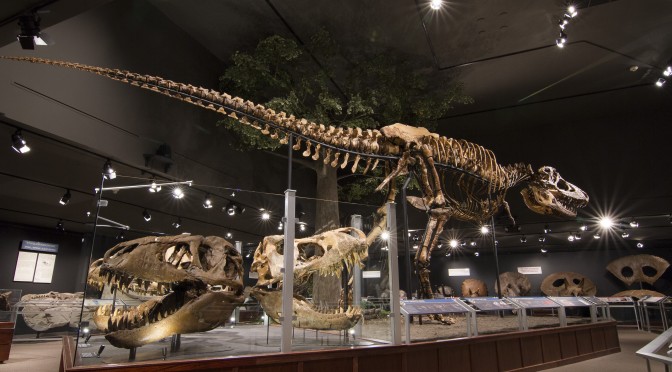Items for backpacking season.
by the editors
Minus a few extreme eventualities – snow, swarms of skeeters, a hungry griz sniffing around the tent – backcountry camping in the summer is a good time no matter what gear you’ve got. But a few small comforts and conveniences can go a long way. Here are a few items we haul into the woods with us these days.
GSI Outdoors Ultralight Camp Table
Flat, smooth surfaces are always a commodity at a backcountry campsite, especially clean ones. Avoid grit on your spoon and enhance your outdoor kitchen with this featherweight table, which folds in half length-wise and packs into a slim sleeve that can be stuffed almost anywhere. Just a few extra ounces on your back keeps cooking items off the ground and organized, making the entire experience that much more enjoyable. This sucker’s surprisingly stout given its small size, and while snapping the legs into place takes a little trial and error the first time around, one use and you’ll be glad you brought this thing along. $35; gsioutdoors.com.
GSI Outdoors Pinnacle Dualist Cook Set
Compact and light is the name of the game, and integrated systems are the modern standard. One of the best setups I’ve used is the Pinnacle Dualist, which, as the name implies, has everything you need for two people: boiling pot with lid, bowls, mugs, utensils, and room for stove and fuel, all of which fits together in a single stack, kinda like those nested Chinese boxes. Wrap it up in the stuff sack and voila, your entire kitchen (sans table above, of course) comprises less space and weight than your sleeping bag. $65; gsioutdoors.com.
Wild Tinder Fire Pellets
A campfire is a primal experience, connecting us to our ancestors all the way back to neolithic times, as they gradually rose above the other animals. Fire played no small part in our development, so why not honor that heritage by keeping your fire-starting primal, too? We’re not talking about a sweat-inducing bow drill, but rather, wait for it… moose poop! Yep, cowboys fed fires with buffalo dung and you can start a campfire with ungulate crap, thanks to Wild Tinder Fire Pellets, which is moose scat dipped in parrafin wax – so it’s all-natural to boot. Made in Livingston. $10; wildtinder.com.

























 Imagine rack upon rack of top-of-the-line brands, all at significant discount—at
Imagine rack upon rack of top-of-the-line brands, all at significant discount—at 
 For higher-quality items at prices well below retail, head out W. Main, just past 19th. The
For higher-quality items at prices well below retail, head out W. Main, just past 19th. The